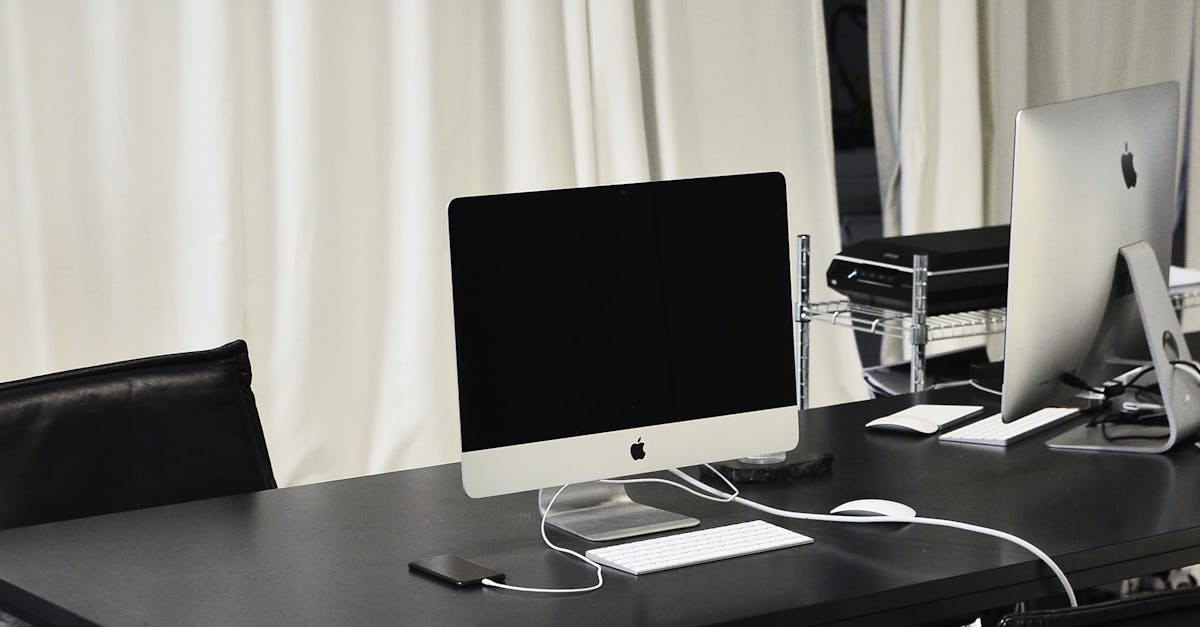
Cleaning the Filters: A Step-by-Step Guide
Table Of Contents
Inspection
When inspecting your filters, begin by carefully examining the overall condition. Look for any signs of wear, tear, or damage such as cracks, holes, or deformation. It's essential to ensure that the filter is intact and in good working condition to effectively perform its job of trapping dirt and debris.
Additionally, check for any build-up or blockages on the filter that may hinder its function. Dirt and debris accumulated on the filter can restrict airflow and reduce its efficiency. By thoroughly inspecting the filter, you can identify any issues early on and address them promptly to maintain the optimal performance of your filtration system.
Checking for Damage or Wear
Inspect the filter closely to check for any signs of damage or wear. Look for tears, holes, or excessive dirt buildup that could impact its effectiveness. If you notice any visible damage, it is important to replace the filter to ensure optimal filtration performance.
Additionally, examine the filter for any signs of wear such as fraying or deterioration. Over time, filters can deteriorate due to regular use and exposure to various contaminants. If you identify any wear and tear, it is recommended to replace the filter promptly to uphold the efficiency of your filtration system.
Reinstallation
To reinstall the filter properly, make sure it is positioned correctly within its designated slot. Gently slide the filter back into place, ensuring it fits snugly and securely. Do not force the filter in, as this could cause damage to both the filter and the system.
Once the filter is securely in place, double-check that any clips, screws, or clasps that hold the filter in position are secured tightly. It is crucial to confirm that the filter is properly attached to prevent any air leaks or inefficiencies in the system. Take your time during this step to guarantee a seamless reinstallation process.
Properly Attaching the Filter
When it comes to properly attaching the filter during reinstallation, it is crucial to ensure a secure and tight fit. Begin by aligning the filter correctly within its designated housing to avoid any potential leaks or inefficiencies. Take your time to position the filter accurately before proceeding with the attachment process.
Once the filter is in place, carefully fasten the retaining clips or screws according to the manufacturer's instructions. Apply even pressure when securing the filter to maintain a uniform seal and prevent any gaps that could compromise its effectiveness. Double-check that the filter is securely attached before moving on to the next steps in the cleaning or maintenance process.
Testing
Once you have properly reinstalled the filters, it is time to move on to the testing phase to ensure that everything is functioning as it should. At this point, you should switch on the system and let it run for a few minutes to allow the filters to circulate the air.
After running the system for a brief period, take note of any unusual noises or decrease in airflow. Check that the filters are securely in place and that there are no gaps or leaks. Additionally, ensure that the airflow is consistent and that there are no unusual odours present. If everything checks out during the testing phase, you can be reassured that your filters are working effectively and your system is running smoothly.
Ensuring Proper Functionality
Now that the filter has been properly installed, it is crucial to ensure that it is functioning efficiently. One way to do this is to run a test cycle on the system to check if the filter is capturing the necessary particles and debris as intended. By observing the system in action, you can quickly identify any issues or malfunctions that may prevent the filter from working correctly.
After running the test cycle, take a moment to inspect the filter and surrounding areas for any signs of leakage or unusual noises. Ensure that there are no visible gaps or tears in the filter material, which could lead to inadequate filtration. Additionally, listen for any abnormal sounds coming from the system, as this could indicate a problem that needs to be addressed promptly to maintain the filter's functionality.
FAQS
How often should I clean the filters?
It is recommended to clean the filters at least once every month to ensure optimal performance.
Can I clean the filters with just water?
No, it is best to clean the filters with a mild detergent and water to effectively remove dirt and debris.
What should I do if I notice any damage or wear on the filters during inspection?
If you notice any damage or wear on the filters during inspection, it is best to replace them to maintain efficiency and prevent any issues.
How do I properly attach the filter during reinstallation?
When reinstalling the filter, make sure it is securely attached and properly seated to prevent any air leaks and ensure it functions correctly.
How can I test if the filter is functioning properly after cleaning?
You can test the filter's functionality by running the system and checking for proper airflow and performance to ensure it is working efficiently.
Related Links
Importance of Regular Coil CleaningImportance of Professional Maintenance: When to Call a Technician
Importance of Regular Inspections for Wear and Tear
Keeping the Outdoor Unit Clean: Best Practices
Understanding and Preventing Corrosion
Maintaining Proper Airflow: Tips and Techniques
Checking and Replacing Insulation on Refrigerant Lines